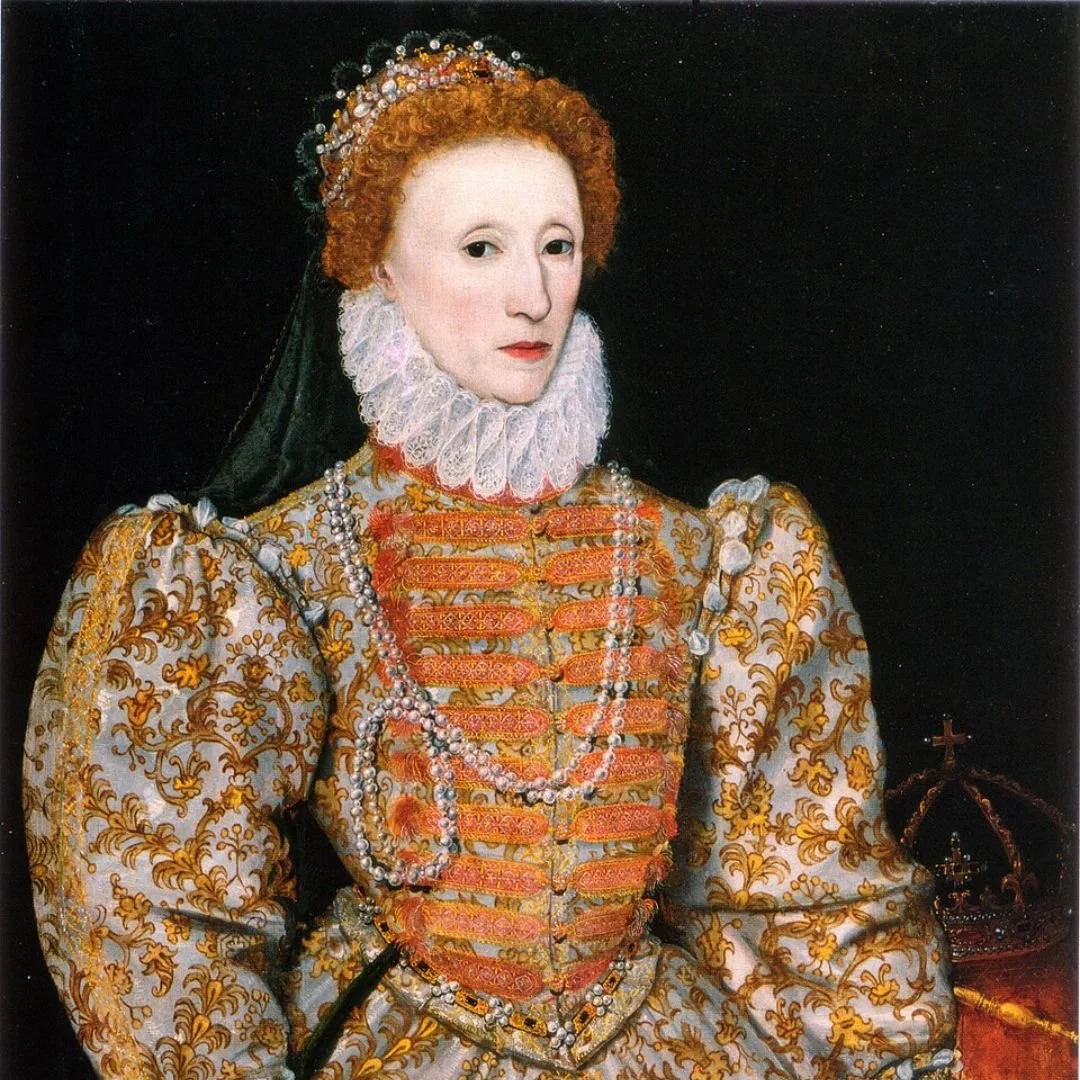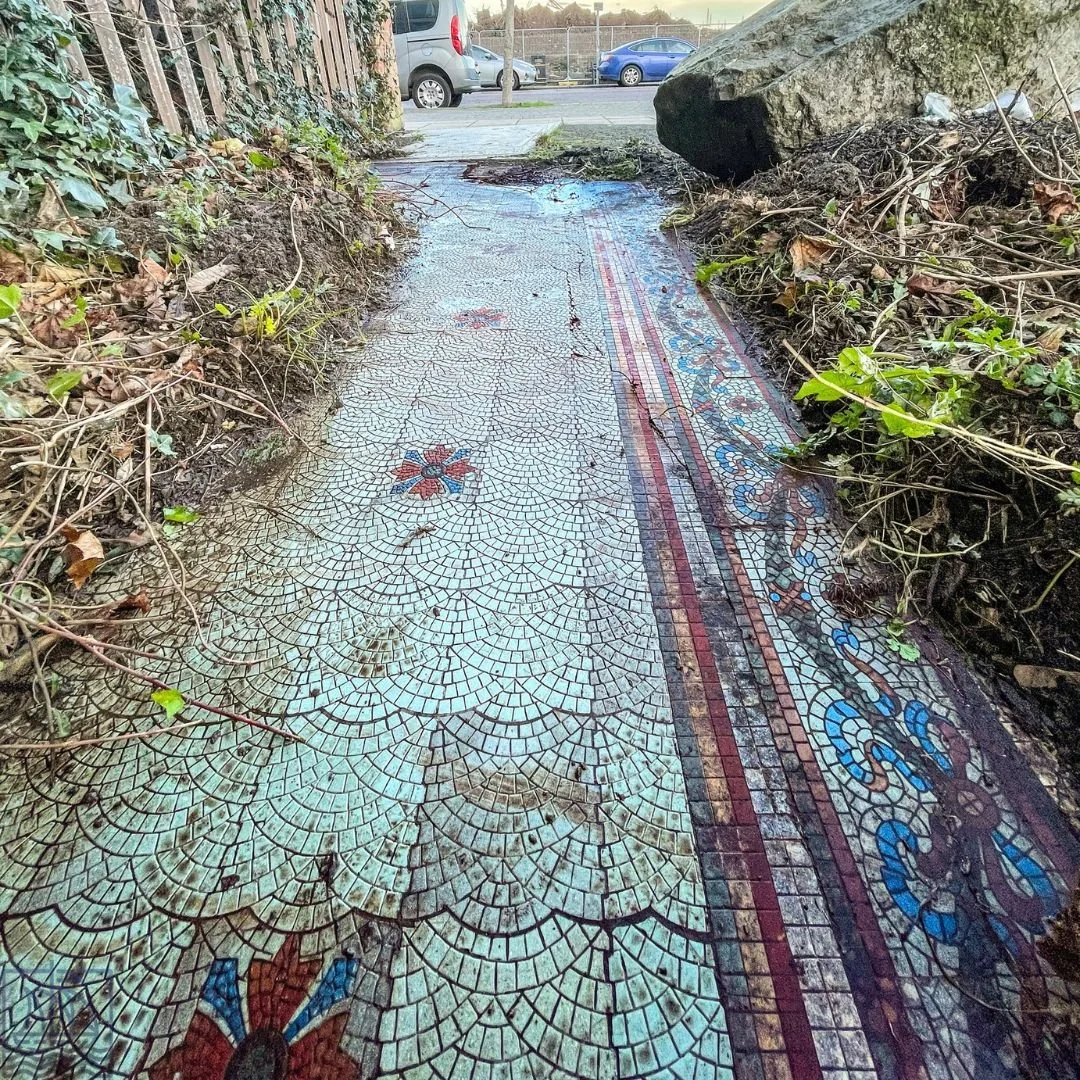Clink Prison, London: Where Coins Buy Your Freedom
Deep in the heart of London’s historic Bankside, in the borough of Southwark, is one of England's most infamous and longest operating prisons: The Clink.
Interestingly, it was mostly used as a debtors’ prison - the tiny window openings along the street level were for people to throw coins to the prisoners to buy their way out.
Operating from as early as the 12th century until its fiery destruction in 1780, this prison became so notorious that its name passed into the English language as a common slang term for a jail (In the clink).
The Clink’s brutal history is inextricably linked to the area it served - the notorious Liberty of the Clink.
This unique area was not under the direct control of the King or the City of London, but rather the Bishop of Winchester, whose Winchester Palace stood adjacent to the prison.
This ecclesiastical ownership meant the Bishop had jurisdiction over both temporal and spiritual crimes within his liberty.
Unlike many royal prisons, The Clink's inmates varied wildly over the centuries, reflecting the tumultuous social and religious landscape of England.
During the 12th to 15th century, the prison initially housed local miscreants who broke the rules of the Liberty, as well as clergy members who had offended ecclesiastical law.
But from the 16th century, during the Reformation and beyond, The Clink became a dreaded holding place for religious dissidents.
Under Catholic Queen Mary I, Protestants (like John Hooper) were imprisoned here. Later, under Protestant Queen Elizabeth I, pictured below, the facility was used to incarcerate Catholic priests and Puritan separatists.
Bankside was also famed for its entertainment, including legalised brothels. The women who worked in these brothels, often referred to as the "Winchester Geese," were under the Bishop's jurisdiction, and The Clink was used to detain them.
While it held many types of prisoners, The Clink, particularly in its later years, became synonymous with being a Debtors’ Prison.
In 17th and 18th century England, debt was a criminal offence, and being unable to pay could result in indefinite imprisonment.
For the poor debtor, The Clink was a living hell.
The prison operated under a deeply corrupt system where prisoners had to pay for virtually everything: their food, their bedding, candles, fuel, and even the removal of their irons.
The gaolers, who were notoriously underpaid, relied on these fees to make a living.
For the destitute, this created a cruel paradox: you were in prison because you had no money, but you could not survive unless you found money.
The ‘Clink Street Windows’ were tiny, street-level window openings along Clink Street used a vital purpose for the most impoverished inmates.
Prisoners would call out to passers-by, pleading for alms.
These windows were designed for people to throw coins to the prisoners, which they would then use to pay the gaolers for basic sustenance and, in the rare case of collecting enough, to pay off the debt itself or buy their release.
Conditions inside The Clink were notoriously brutal, leading to widespread disease, starvation, and death. Accounts detail various forms of punishment and torture.
Prisoners were often shackled in heavy irons, which could only be made lighter or removed entirely through a bribe.
One grim punishment involved forcing prisoners to stand in water until their feet rotted.
Corruption was rife. Wealthy prisoners could buy themselves significantly better conditions, including private rooms, better food, and even temporary liberty to leave the prison to beg or work.
Some prisoners were even allowed to run a brothel from inside, with the gaolers taking a cut.
By the 18th century, the prison buildings were largely decayed and ruinous. Its demise came swiftly and dramatically during the Gordon Riots of 1780.
Rioters, protesting the granting of rights to Catholics, attacked and burned down Winchester House and The Clink, freeing the few remaining prisoners. The prison was never rebuilt, marking the end of its 600-year history.
The word "Clink" remains in our vocabulary, a lasting testament to the horrors of the ancient London gaol.
Today, visitors can explore The Clink Prison Museum, located on the original site on Clink Street.
The museum uses original artefacts, displays, and interactive exhibits to recreate the sights, sounds, and smells of the medieval prison, allowing a chilling experience of one of England's darkest historical institutions.
Someone who recently visited the prison said: “Very atmospheric and informative. As Londoners there was so much we did not know! Sad mad and bad!
”Claire who works there was a diamond..so friendly and a real local who should 'act in character' as far as we are concerned.”
If you’d like to visit, the address is: 1 Clink St, London SE1 9DG.
If you enjoyed this short blog post, please do following Exploring GB on Facebook for more!
Don’t forget to check out our latest blog posts below!
Thank you for visiting Exploring GB, and we hope to see you here again soon :)



















